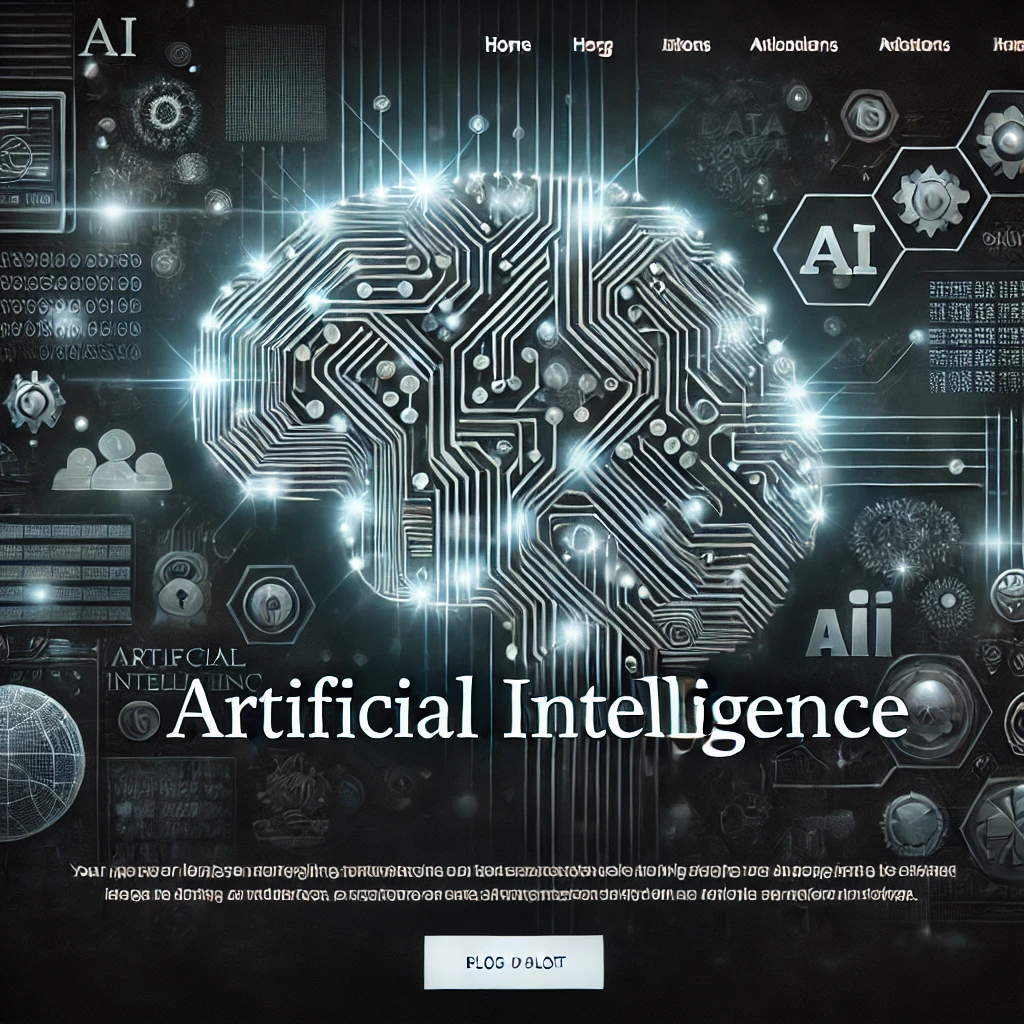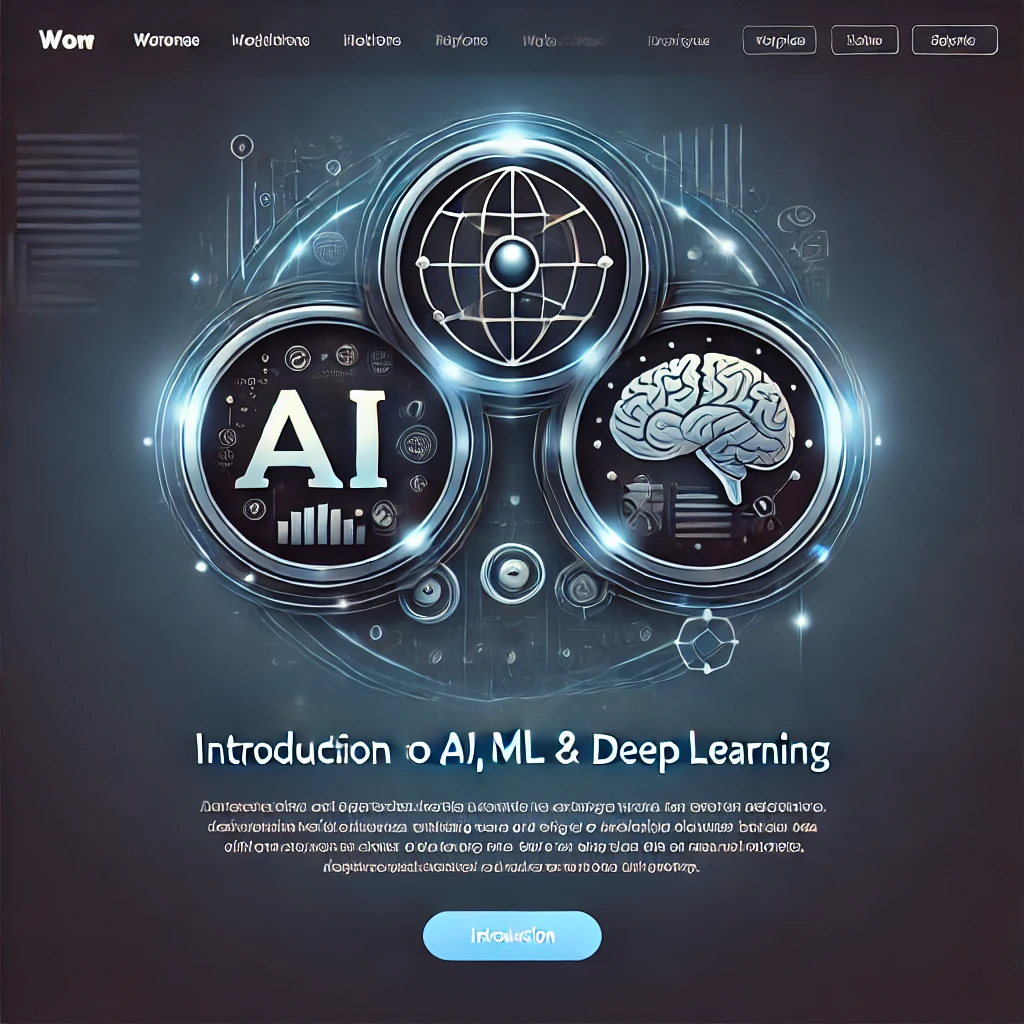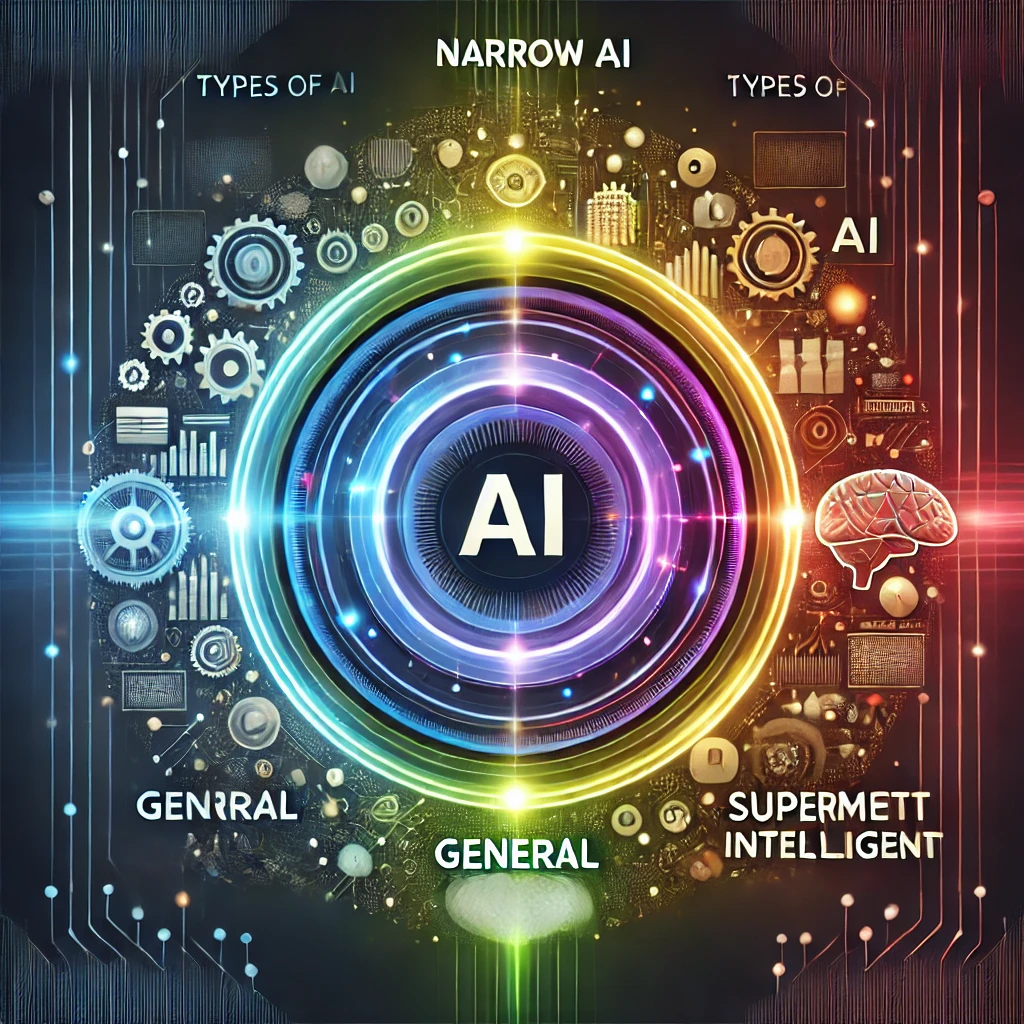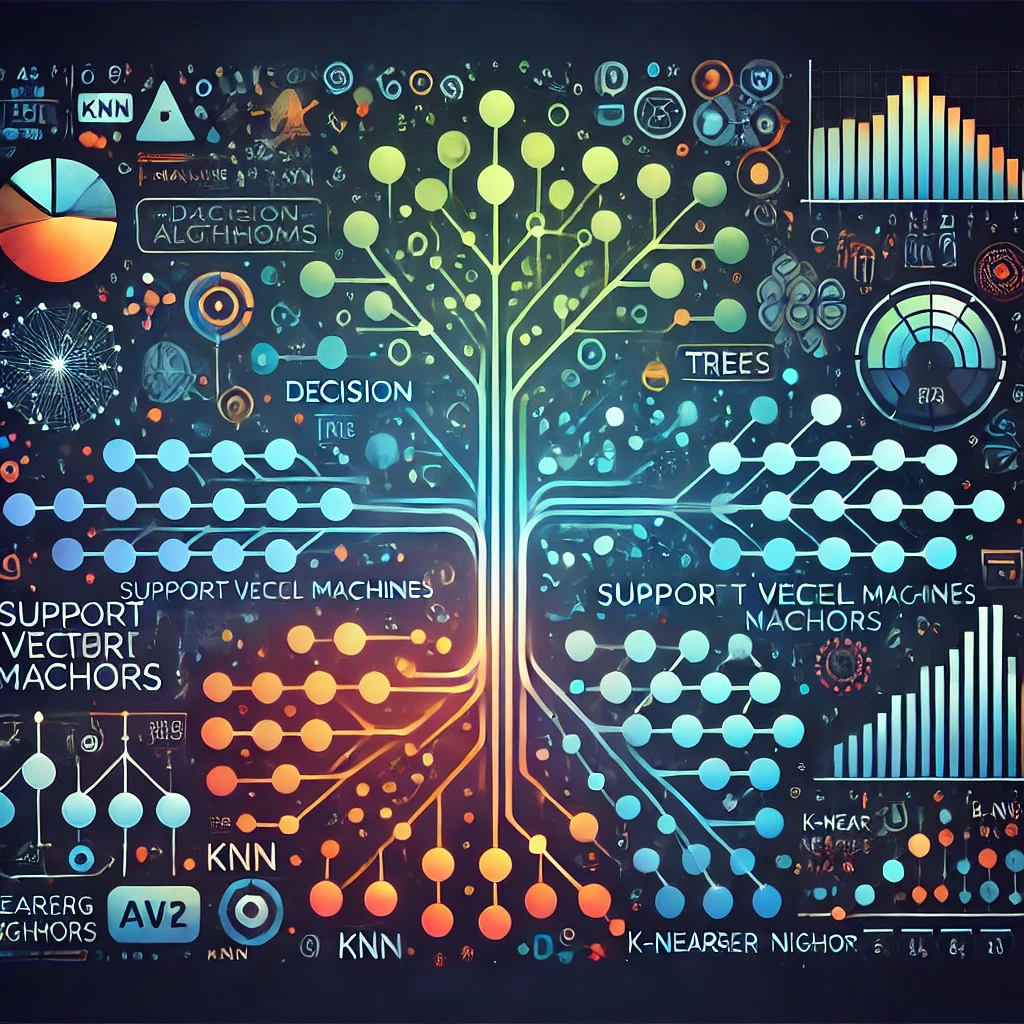As we move further into the digital age, artificial intelligence is emerging as a critical element in website development. With 2024 on the horizon, understanding the latest AI trends can give businesses a competitive edge. This article explores the major trends in AI that will shape website development in 2024 and beyond, providing insights and actionable tips for developers and business owners alike.
1. Enhanced User Experience through AI Personalization
One of the most significant trends in website development is the shift towards AI-driven personalization. This technology leverages data collected from users’ interactions to tailor content, products, and experiences uniquely to each visitor. Here’s how AI personalization will evolve in 2024:
1.1 Dynamic Content Adjustment
AI can adjust website content in real time based on user behavior. For instance, if a visitor frequently views sports products, the AI might highlight relevant items on their next visit.
1.2 Predictive Analysis
Through predictive analytics, AI can forecast user needs. By analyzing previous interactions, sites can suggest products or services before the user consciously searches for them.
1.3 Implementation Steps
- Utilize tools like Google Optimize for A/B testing of personalized content.
- Explore customer behavior using heat maps from platforms like Hotjar.
- Incorporate machine learning algorithms to interpret user data for improved personalization.
1.4 Example
Consider an e-commerce store that uses AI to tailor its homepage. Based on user data, the AI showcases products that a user is more likely to purchase, thereby increasing conversion rates.
2. AI-Driven SEO Strategies
Search engine optimization (SEO) is being transformed through AI technologies. As algorithms evolve to prioritize quality content and user engagement, understanding how to optimize for these changes is critical.
2.1 Content Optimization
AI tools can analyze high-ranking content to determine what makes it successful. Tools like SEMrush and Surfer SEO can assist developers in creating content that meets both user and search engine needs.
2.2 Voice Search Optimization
As voice-assisted technologies like Alexa and Google Assistant rise in popularity, optimizing websites for voice search is becoming essential. AI plays a pivotal role in facilitating this trend.
2.3 Actionable Tips
- Implement AI-driven content strategies using platforms such as Clearscope.
- Use natural language processing (NLP) to make content more conversational.
- Monitor website analytics to adjust SEO strategies based on user behavior.
2.4 Case Study
A content-driven site optimized for voice search saw a 50% increase in traffic after employing AI tools for keyword optimization and enhancing user engagement through conversational content.
3. Automated Website Design
AI is making waves in website design by automating various aspects of the process. In 2024, expect to see more designers relying on AI for a more efficient workflow.
3.1 Design Generation Tools
Tools like Wix ADI (Artificial Design Intelligence) enable users to create websites efficiently, using AI to generate layouts based on inputted information.
3.2 User Interface Improvements
AI can analyze user interaction data and suggest UI changes that improve usability and increase conversion rates.
3.3 Tips to Implement AI Design
- Explore AI-driven design tools such as Bookmark’s AIDA.
- Regularly review analytics to determine effective design changes.
- Incorporate user feedback to drive AI design optimizations.
3.4 Example in Action
A small business used AI design tools to revamp its website, resulting in a 40% improvement in user engagement and satisfaction.
4. Chatbots and Virtual Assistants
Incorporating chatbots and virtual assistants into websites is another significant trend driven by AI. These tools enhance user interaction and streamline customer service.
4.1 Advanced Customization
Today’s chatbots can be tailored to understand and respond to specific user queries, making them more effective than ever.
4.2 24/7 Customer Support
AI chatbots can offer round-the-clock support, answering common questions and troubleshooting issues, significantly enhancing customer experience.
4.3 Actionable Steps
- Choose a chatbot platform like Drift or Intercom to implement AI-driven chat solutions.
- Regularly update chatbot scripts based on user interactions.
- Monitor and analyze chatbot performance to identify areas for improvement.
4.4 Implementation
A SaaS company integrated a chatbot that handled tier-one queries, freeing up human agents for more complex tasks, resulting in improved customer satisfaction scores.
5. AI in Cybersecurity
As threats to website security continue evolving, AI is becoming a cornerstone of cybersecurity strategies. In 2024, expect enhanced AI measures to secure websites from potential attacks.
5.1 Predictive Threat Detection
AI technologies can analyze patterns to predict potential security breaches before they occur, allowing businesses to take preventative action.
5.2 Automated Vulnerability Scanning
AI tools can continuously monitor for vulnerabilities and alert web administrators about necessary updates or potential risks.
5.3 Implementation Tips
- Consider AI security platforms like Darktrace for proactive threat detection.
- Implement regular vulnerability tests using AI tools.
- Stay updated with trends in website security concerning AI advancements.
5.4 Success Example
A financial institution deployed an AI-driven security tool to monitor transactions, reducing fraud incidents by 60% within a year.
6. Conclusion
As we step into 2024, it’s clear that AI will play a transformative role in website development. From enhancing user experiences through personalization to bolstering cybersecurity, the trends outlined in this article are indispensable for businesses aiming to thrive in the digital landscape. By embracing these AI advancements, developers and marketers can create websites that are not only user-friendly but also secure and efficient. Don’t miss the opportunity to leverage AI in website development; start exploring these trends today, and consider incorporating the suggested tools and techniques to stay ahead of the curve.
Ready to dive deeper into AI in website development? Subscribe to our newsletter for the latest insights, tips, and expert recommendations!
FAQS
What is AI personalization in website development?
AI personalization involves tailoring website content and experiences based on user data to enhance user engagement and satisfaction.
How can AI improve search engine optimization?
AI can optimize content based on user behavior analysis and enable effective strategies for voice search optimization.
What are some examples of AI-driven design tools?
Examples include Wix ADI and Bookmark’s AIDA, which help users create websites efficiently using AI.
How do chatbots enhance user interaction?
Chatbots provide instant responses to user inquiries, improving customer service and engagement by being available 24/7.
Why is AI important for website security?
AI enhances website security by predicting threats, automating vulnerability scanning, and enabling proactive measures against potential attacks.
What tools can help implement AI in web design?
Tools like Drift and Intercom for chatbots, and Darktrace for cybersecurity, can help integrate AI into web development.
What role does predictive analytics play in AI web development?
Predictive analytics uses data to forecast user needs and behaviors, assisting in creating tailored experiences.
Are there any training or resources for AI in web development?
Yes, numerous online courses and resources are available, including platforms like Coursera, Udacity, and LinkedIn Learning, covering various aspects of AI in web development.




